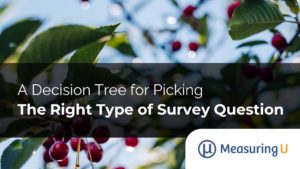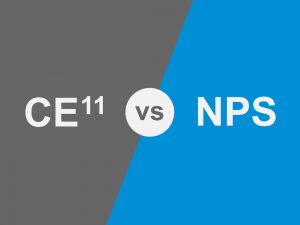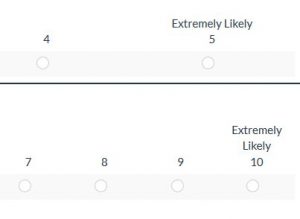
A Decision Tree for Picking the Right Type of Survey Question
Crafting survey questions involves thinking first about the content and then about the format (form follows function). Earlier, we categorized survey questions into four content types (attribute, behavior, ability, or sentiment) and four format classes (open-ended, closed-ended static, closed-ended dynamic, or task-based). As with any taxonomy, there are several ways to categorize response options (e.g.,








